Tools That Improve OEE & Increase Uptime of Your Vertical Bagger
Overall equipment effectiveness (OEE) is a game of inches. With the uptime of machinery having a direct impact on your bottom line, it's always an...
4 min read
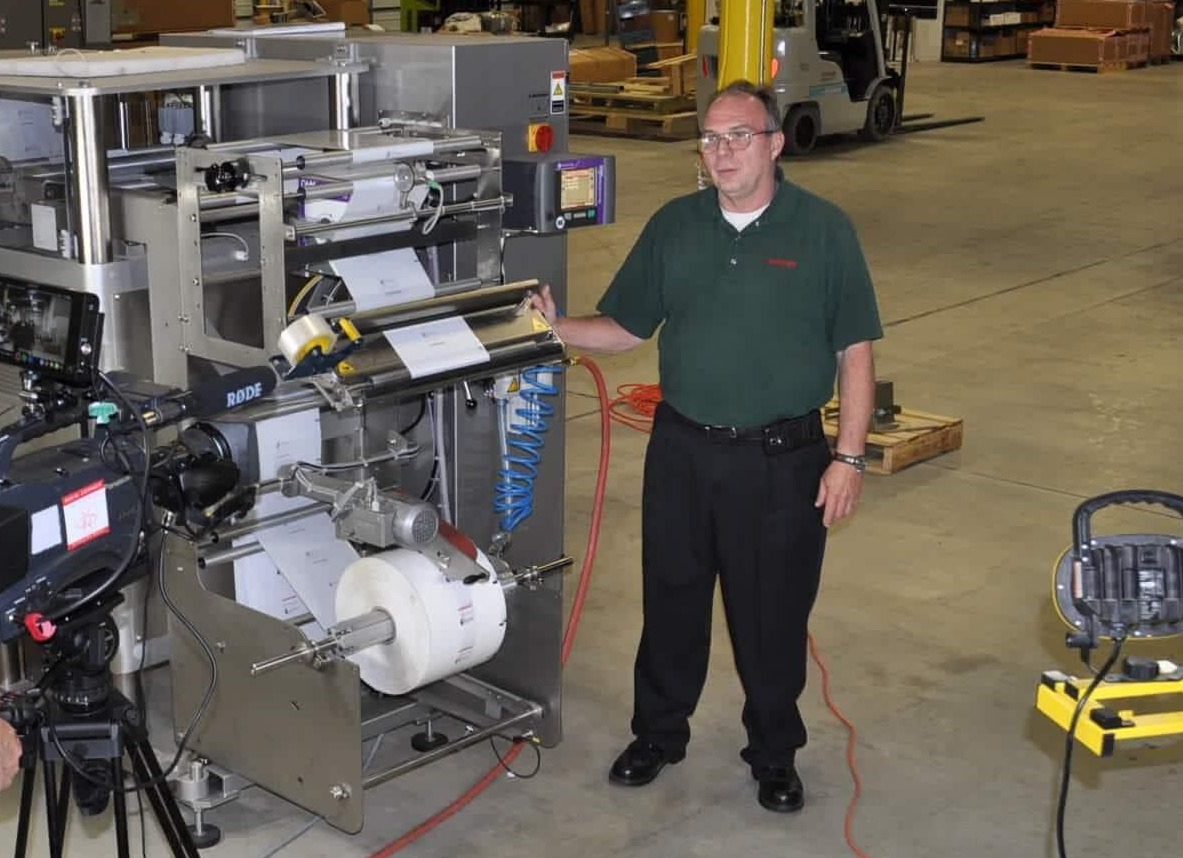 Allen Overmyer
:
Fri, Apr 12, 2024
Allen Overmyer
:
Fri, Apr 12, 2024
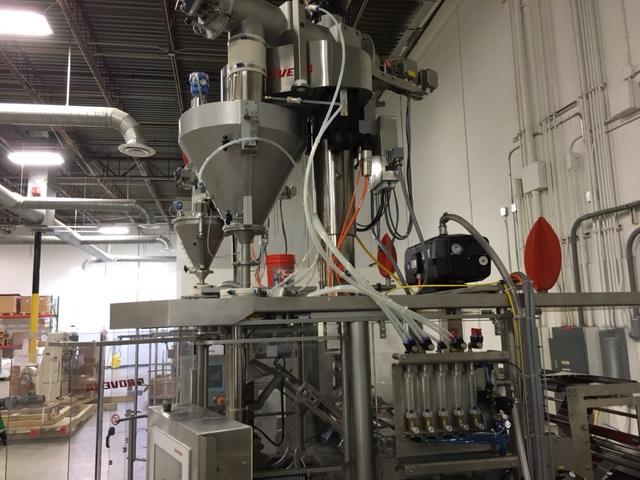
Industrial operations, especially in the food industry, are all about minimizing costs, both operational and capital. The latter requires keeping machinery on the floor for every minute of its useful life.
When it comes to endurance and versatility, a vertical form fill seal machine has certain advantages. It propels product with gravity, which costs nothing and never fails. Its formers—the part that comes into direct contact with the product—are interchangeable, meaning that they can handle a wide range of product as long as the right kind of former is at hand. So for instance, switching from smooth hard-shelled candies to sticky gummy candy wouldn’t require a new machine, just a new former, with dimpled tubes.
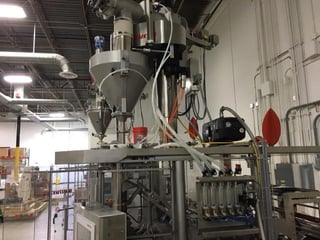
However, there are instances where replacing a VFFS becomes necessary, whether due to a lack of alternatives or because the cost of alternatives outweighs the benefits of replacement. Drawing from my experience as a packaging engineer, I have identified 5 circumstances that indicate the need for replacement. These include:
It’s always a happy day when demand for a product jumps. It’s sometimes not so happy for the production people who have to figure out how to meet that demand.
If your vertical form fill seal machine can only do 50 bags a minute, and suddenly your company needs 100+ to fill its orders, the only way to keep that machine is if another can be installed to work alongside it. If there’s no room in the plant for another machine and related components—and in many plants, spare space is counted in inches—then there’s nothing for it but to replace the 50-a-minute machine with one that has double the capacity.
Demand volume can also become an issue in situations beyond demand just for the particular product handled by an individual VFFS. Just as an armada can travel only as fast as the slowest ship, a packaging operation can run only as fast as its slowest component. If the downstream equipment—cartoners, case packers and palletizers—is being fed by multiple fill lines, and that downstream equipment is upgraded with faster equipment, then a VFFS that is slower than its “teammates” will prevent the line from reaching its full potential. This is especially a problem with mixed pallet loads, which many trade customers now require.
One of the biggest trends in consumer packaging has been a multiplying of package sizes. Trade customers are demanding ever more customized SKUs, as a point of distinction and to meet the needs of their shoppers.
Based on my 30+ years in the packaging industry, I've found that whether changes package size requires replacing the machine, generally depends on which way you’re expanding the package.
It's often pretty easy to just make the package a little bit longer, because that’s the flexibility you have on a vertical machine. But if you want to go wider, that typically is an operational problem. Depending on the formats which the machine was originally designed to run, that may require an upgrade. Rovema’s VFFS machines come in 180-, 260- and 400-millimeter sizes and part of our project engineering process is to anticipate likely market requirements. It's always frustrating when the marketing department asks to go to a larger size that's simply beyond the capabilities of the existing vertical form fill seal machine.
Modern VFFS systems have features like power unwinds and nip rollers that allow them to handle pretty much any kind of pouch-related flexible film. Older ones, however, can have problems.
There are some machines out there that don’t have the nip rollers or the power unwind, and the technology is just not as sophisticated. There are some machines out there that will just not handle the film reliably. A high-sealant film, for instance, would have particular difficulty on such a machine. Additionally, seal pressures may require servo precision vs. older pneumatics, metalized films may require special treatment to avoid damage in forming, and evolving recloseable features may not be compatible.
As noted above, VFFS machinery tends to be very durable. When individual problems occur, such as seal integrity, fill accuracy or film tracking, the problem can usually be narrowed down to a single cause and can often be corrected simply and at little expense. But when such problems start occurring in tandem, they can lead to significant downtime and repair expense.
Closely related to this issue is the question of parts availability. OEMs and other sources of spare parts will only stock them for a given model for so long. As parts become scarce, they not only take longer to find, but become more expensive. The problem is compounded in older machines that depend on pneumatics, as opposed to servos. The air cylinders that drive servos are liable to wear out, and are increasingly difficult and expensive to replace.
Machines built today are built to last for a really long time, versus older machines, which are typically not built so strong. Older machines have more wear parts including bearings and bushings, as well as pneumatics. One question to ask vertical form fill seal machine vendors is their policy on replacement parts.
Related to the whole obsolescence question is the issue of electronic control. Industrial electronics have progressed right along with consumer electronics, faster than the replacement schedule for most machinery. So a machine that is functional in other aspects might have, say, an RS-232 port that is incompatible with USB connections elsewhere on the line.
This issue often can be taken care of just by upgrading the machine’s electronics in isolation—but not always. If a company was going to standardize on, for example, Allen-Bradley controls, and an existing VFFS machine was incompatible with that, replacing the machine might prove more efficient in the long run than trying to force compatibility.
Replacing machinery is expensive, and there are good reasons to avoid it when possible. But there are situations where it may either be unavoidable, or simply the better choice. Often maintenance and engineering teams have the best perspective on when that line is crossed. Budgeting cycles and capital allocation priorities mean that it's better to be proactive in tracking and managing performance and capability to avoid situations that unexpectedly impact production the ability to deliver product to customers.
It’s all about the bottom-line profit. Better machines are going to give you better performance and all the goodies that come along with profit.
Interested in improving the efficiency of your line and hoping it's not time to replace it yet? Maybe we can help. Check out our free guide to improving vertical bagger OEE.
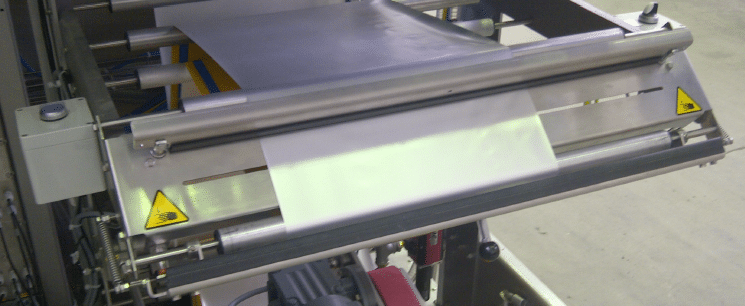
Overall equipment effectiveness (OEE) is a game of inches. With the uptime of machinery having a direct impact on your bottom line, it's always an...
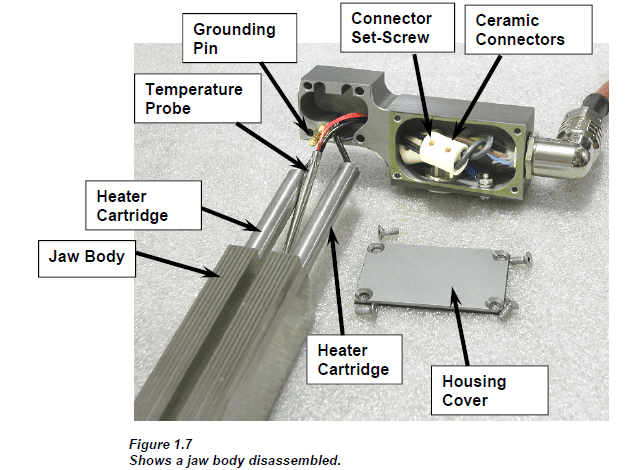
If you're hands-on with packaging machinery, you likely spend a lot of time making sure your packaging machinery stays up and running, changing wear...
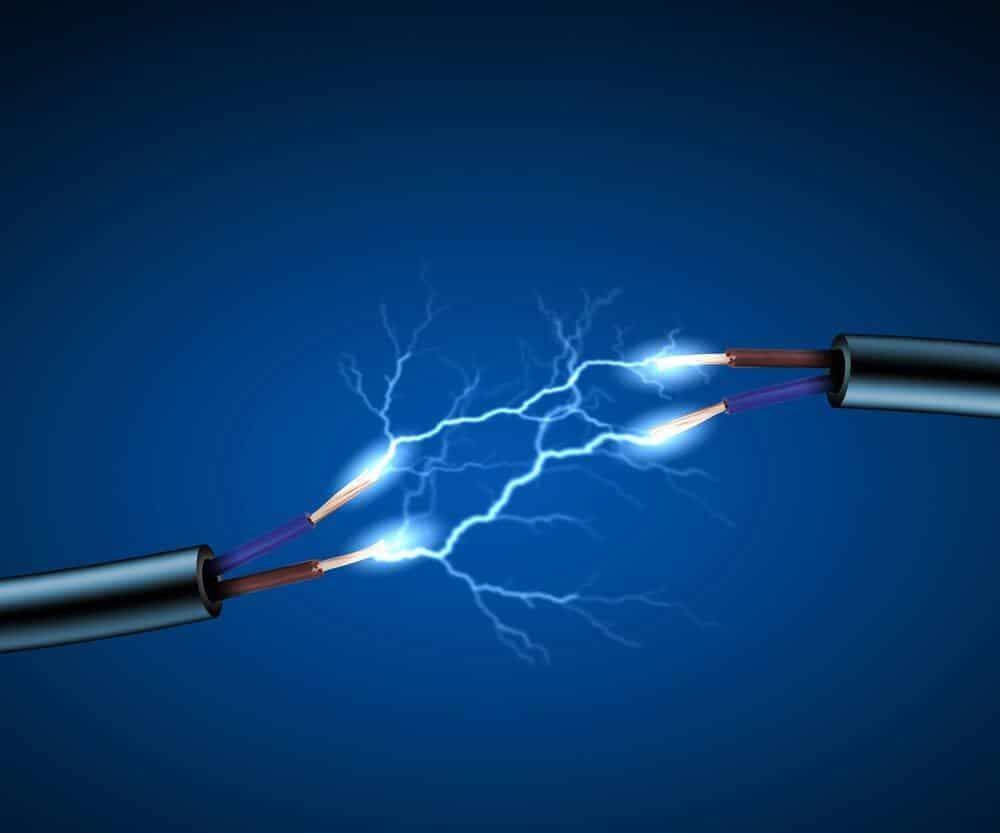
Packaging machinery is an important feature in managing and branding your product. Your vertical bagger should improve your OEE (Overall Equipment...